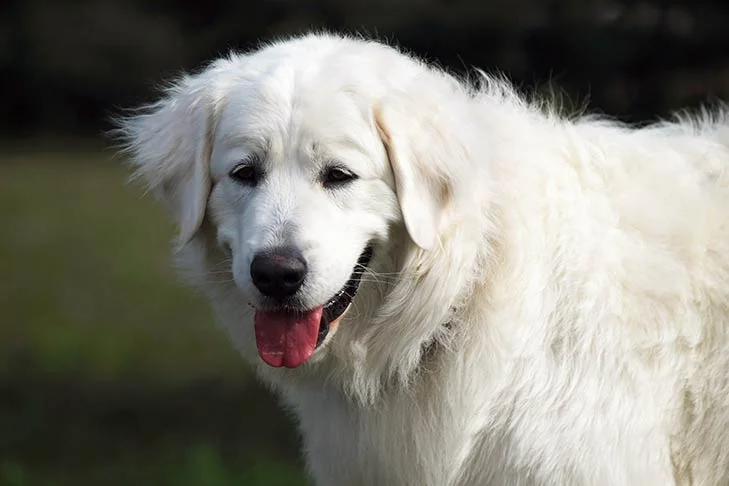The Slovensky Cuvac breed is descended from Arctic wolves, whose pre-ice age remains have been preserved in Europe’s hilly regions to the brink of glaciers. They include the northern Caucasus, the Balkans, including the Rodope Mountains, the Carpathians, particularly the Tatra, the northern Abruzzi and Alps, and ultimately the Pyrenees.
Slovak alpine farming has a long history, and the Tatra Chuvach (Slovensky Cuvac), along with mountain sheep, the Huzul horse, and other typical mountain dwellers, formed the foundation of an economy that employed the various animals in their unique way. These mountain people were largely free, not oppressed by medieval forced labor, and protected the borders, paying their dues only in the form of “sheep’s cheese.” Based in Kaschau, they were essentially a herding and military organization known as the Wallachischer Bund, and members carried out their service on the mountain meadows, always with their watchdogs.
The Tatra Chuvach has proven his worth as a guard, watch, and companion dog, as well as a guide for shepherds, by guarding cattle and transporting chickens and other domestic animals to pasture. Visitors to the mountain farms to buy cheese and other items took pleasure in the thickly-coated puppies, and the breed spread to the lowlands, where they were frequently recognized as a luxury breed due to their distinctive appearance.
Professor Anton Hruza of the Brno Veterinary College established the Tatra Chuvach Stud Book in Czechoslovakia in the early 1900s. Since then, the Tatra Chuvach breeders’ club, with headquarters in Bratislava, has kept meticulous records and held exhibitions, assessments, competitions, and shows throughout the republic.







 Health
Health Grooming
Grooming Exercise
Exercise Training
Training Nutrition
Nutrition